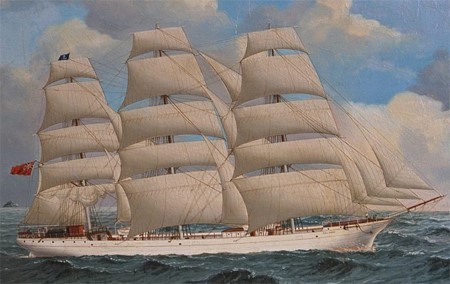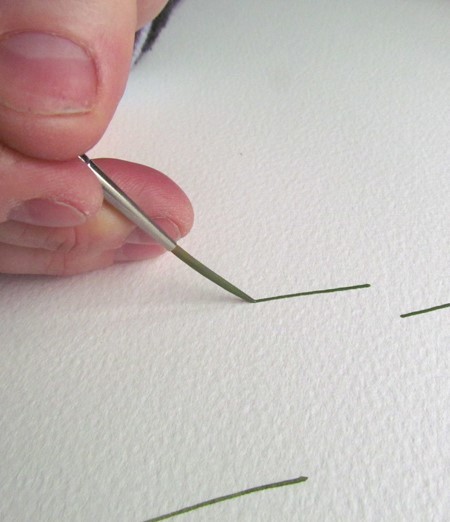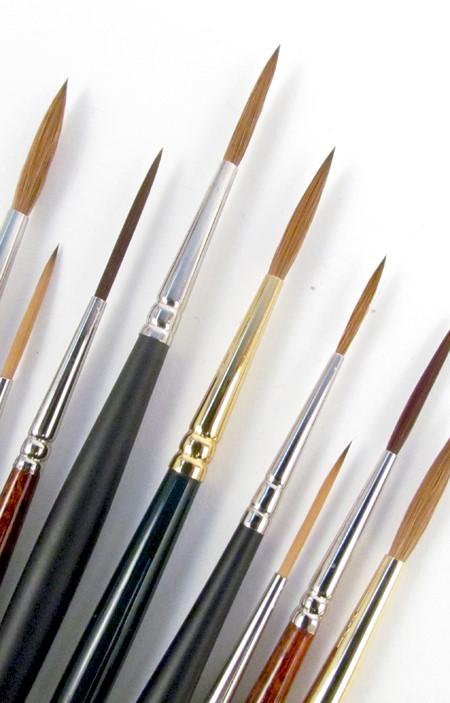Introduction to Rigger Brushes
Click here to shop Rigger Brushes

The long-haired rigger brush
A rigger brush has much longer hair than other types of brush and is used for painting straight lines in oil, acrylic or watercolour.

Called a rigger because it was commonly used to paint the rigging on maritime paintings, the long hair absorbs any hand-shake limiting the wobble in the mark that is made and allows the artist to have fingers of the brush-holding hand resting on the surface to guide and control the line. The line should be created with one slow and steady movement of the arm.

In order to achieve the perfect line, it is important to load the brush with the right amount and consistency of paint. Too much paint and the line may be thicker than intended and show up any movement in the hand and with too little paint, the line may stop before you need it to. Trying to then match up a new section of line will be tricky and will end up looking clumsy.
The paint should also be sufficiently diluted to allow for a smooth flow. This is easily achieved with watercolour and gouache but acrylic flow improvers or oil painting mediums are usually required with acrylic or oil paint.
Riggers are available in synthetic and sable hair. Both of these can be used with all types of paint but sable will be best suited to watercolour whilst synthetic hair is more robust and easier to keep clean and, therefore, more suitable for oil and acrylic.
The rigger brush comes in a range of sizes that achieve lines between 0.5mm to around 3mm. For wider lines, flat brushes or filling in masked off areas offers better results.
At Curtisward, we stock all the sizes of Pro Arte Renaissance Sable Riggers, Winsor & Newton Artists Sable Riggers, Winsor & Newton Cotman Riggers and Pro Arte Acrylix Series 203 Riggers. Sizes of riggers are similar but, as brush sizing is not standardised, we give the length and diameter of each brush head within each range to help you decide which size would be best suited to your requirements.

